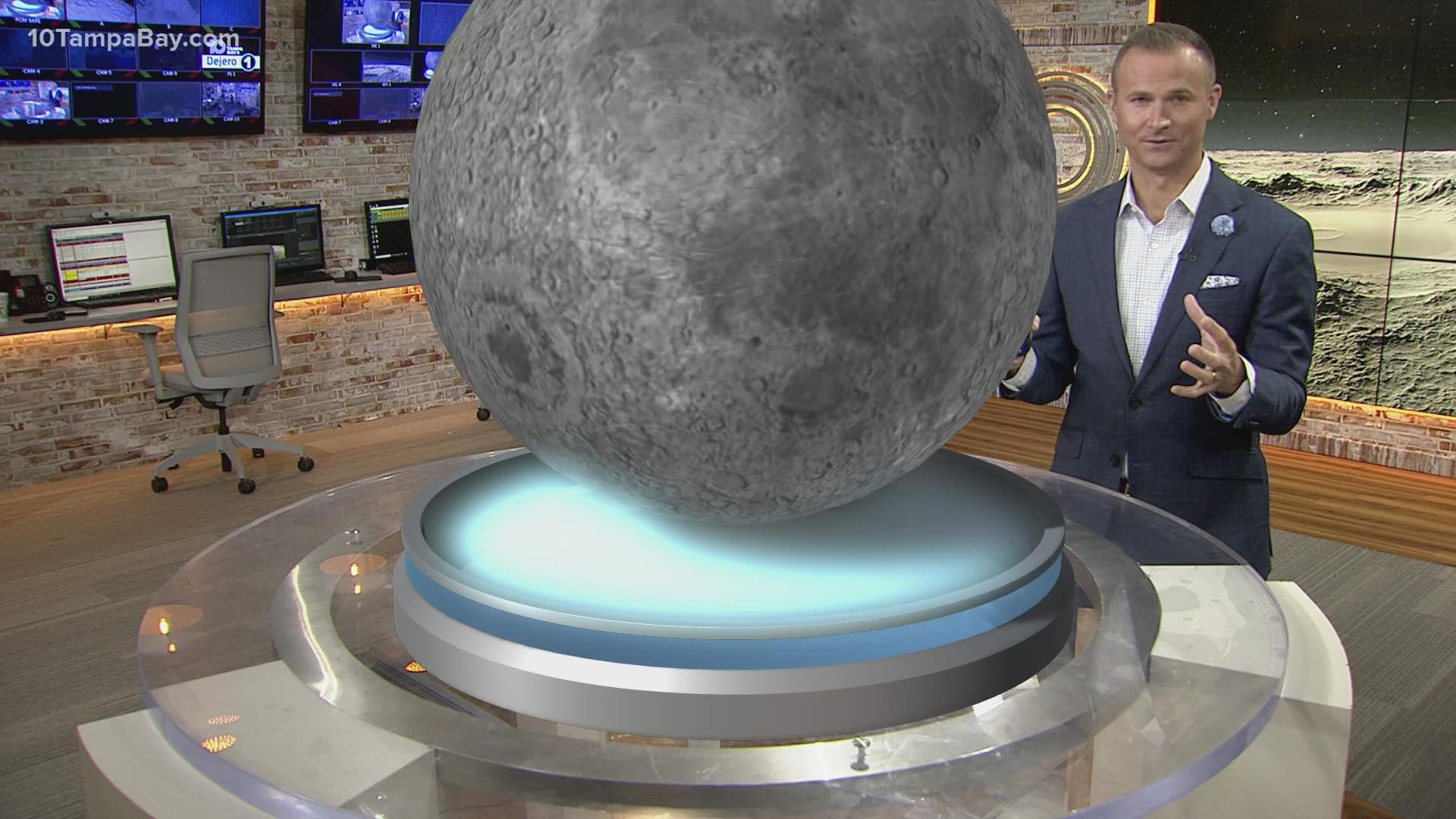Astronomers who previously said a spent SpaceX Falcon 9 rocket stage would hit the moon are now issuing a correction.
"So the rocket about to hit the Moon, it turns out, is not the one we thought it was. This (an honest mistake) just emphasizes the problem with lack of proper tracking of these deep space objects," Jonathan McDowell, an astronomer at the Center for Astrophysics wrote.
Instead, the spent booster that is set to crash into the moon on Mar. 4 is actually from China's Chang'e 5-T1 lunar mission that was launched in 2014.
Bill Gray, the creator of the Project Pluto software says experts "now have good evidence" the latest identification of the object is accurate.
But how did the mistake happen in the first place? Gray says the reevaluation was sparked by an email he got from the Jet Propulsion Laboratory.
The issue stems back to 2015 when Gray says the booster was initially identified based on circumstantial evidence but "nothing conclusive." While not an unusual practice, it appears it can lead to confusion.
Some experts say the mistake is a larger look into a lack of proper tracking of objects in deep space.
According to Gray's data, the Chinese rocket stage will roughly strike in the same spot as initially recorded. That means there won't be much to see given the rocket is expected to hit the far side of the moon.
NASA says its Lunar Reconnaissance Orbiter will not be in a position to observe the projected impact as it happens, but the mission team is assessing if observations can be made to "later identify the crater formed by the impact. "
"This unique event presents an exciting research opportunity. Following the impact, the mission can use its cameras to identify the impact site, comparing older images to images taken after the impact. The search for the impact crater will be challenging and might take weeks to months," a NASA spokesperson wrote in a statement to 10 Tampa Bay.
And while the idea of a booster colliding with the moon may seem concerning, astronomers say there's really nothing to worry about. Gray addressed concerns about if the impact could somehow "tweak" the moon's orbit.
The short answer is: "no."
"Keep in mind that this is a roughly four-ton object that will hit at 2.58 km/s. The moon is fairly routinely hit with larger objects moving in the ballpark of 10-20 km/s; hence, the craters. It's well-built to take that sort of abuse," he wrote at the time.
McDowell has echoed the sentiment, calling the impending incident "interesting, but not a big deal."
In fact, back in 2009, NASA intentionally crashed a 40-foot-long section of a rocket into the moon in the name of science.
It was called the Lunar Crater Observation and Sensing Satellite or LCROSS mission and was used to "kick up a giant plume of debris" for a spacecraft to then fly through to identify what the plume was made of.
The "used-up rocket" was sent into the Cabeus crater near the moon's south pole. The mission allowed for real-time images and data to be streamed back to Earth.

